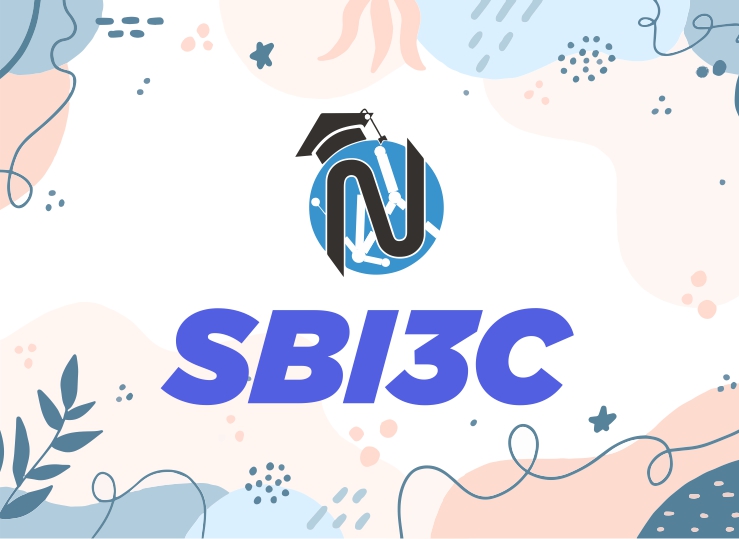
Biology (SBI3C)
Course Description
This course focuses on the processes that occur in biological systems. You will learn concepts and theories as you conduct investigations in the areas of cellular biology, microbiology, genetics, the anatomy of mammals, and the structure of plants and their role in the natural environment. Emphasis will be placed on the practical application of concepts, and on the skills needed for further study in various branches of the life sciences and related fields.
For Ministry Guideline Click Here
| Units | Descriptions | Length (Approximately) |
|---|---|---|
| 1. | Cellular Biology Students will investigate life processes and how they are determined by the structures and functions of biochemical compounds, cell organelles, and body systems. They will also explore technological devices that support cellular functions and processes can be used to improve human health. Students will understand that substances present in our everyday lives can affect cellular functions and processes in positive and negative ways. |
22 hours |
| 2. | Microbiology Students will understand that groups of microorganisms have common characteristics, and these characteristics enable them to interact with other organisms in the environment. Students will study how microorganisms can have both positive and negative effects on the environment. In addition, students will explore how the technological use of microorganisms raises many ethical issues. |
20 hours |
| 3. | Genetics Students will understand that genetic research and biotechnology have social, environmental, and ethical implications. Students will also explore the variability and diversity of living organisms result from the distribution of genetic materials during the process of meiosis. |
20 hours |
| 4. | Anatomy of Mammals Students will understand that groups of organs with specific structures and functions work together as systems, which interact with other systems in the body. Students will investigate technologies that are used to maintain human health have social and economic benefits and costs. In addition, they will explore that environmental factors, including natural factors and those resulting from human activity, can have a wide range of effects on human health. |
21 hours |
| 5. | Plants in the Natural Environment Students will understand that plants have specialized structures with distinct functions that enable them to respond and adapt to their environment. Students will also understand that plants are critical to the survival of ecosystems and that humans affect the sustainability of ecosystems when they alter the balance of plants within those ecosystems. |
21 hours |
| Final Culminating Task (10%)-2 Hrs; Mock Exam (2 Hrs) Two-hour final exam culminating activity, worth 20% of the final grade, meant as a summative evaluation of all strands. |
6 hours | |
| Total | 110 hours | |
Overall Curriculum Expectations
By the end of this course, students will:
- Demonstrate scientific investigation skills (related to both inquiry and research) in the four areas of skills (initiating and planning, performing and recording, analysing and interpreting, and communicating);
- Identify and describe careers related to the fields of science under study, and describe the contributions of scientists, including Canadians, to those fields.
By the end of this course, students will:
- Evaluate the impact of environmental factors and medical technologies on certain cellular processes that occur in the human body.
- Investigate the structures and functions of cells, and the factors that influence cellular activity.
- Using appropriate laboratory equipment and techniques; demonstrate an understanding of the basic processes of cellular biology.
By the end of this course, students will:
- Assess the effects of microorganisms in the environment, and analyse ethical issues related to their use in biotechnology.
- Investigate the development and physical characteristics of microorganisms, using appropriate laboratory equipment and techniques.
- Demonstrate an understanding of the diversity of microorganisms and the relationships that exist between them.
By the end of this course, students will:
- Evaluate some social, ethical, and environmental implications of genetic research and related technologies.
- Investigate the process of meiosis, and analyse data related to the laws of heredity.
- Demonstrate an understanding of the process of meiosis and explain the role of genes in the transmission of hereditary characteristics.
By the end of this course, students will:
- Analyse the social or economic impact of a technology used to treat systems in the human body, and the impact of lifestyle choices on human health.
- Investigate, through laboratory inquiry or computer simulation, the anatomy, physiology, and response mechanisms of mammals.
- Demonstrate an understanding of the structure, function, and interactions of the circulatory, digestive, and respiratory systems of mammals.
By the end of this course, students will:
- Analyse the roles of plants in ecosystems and assess the impact of human activities on the balance of plants within those ecosystems.
- Investigate some of the factors that affect plant growth.
- Demonstrate an understanding of the structure and physiology of plants and their role in the natural environment.
Assessment & Evaluation of student performance
Formative assessments are learning practices that provide important feedback to student progress. Examples include homework and quizzes.
Summative assessments form a foundation for final mark allotment at the end of the unit, term and final evaluation.
An achievement chart will be given to students at regular intervals and the purpose of the charts is to provide feedback to students in relation to content and performance strands.
| Knowledge and understanding | Communication | Thinking Inquiry and Problem solving | Application |
|---|---|---|---|
| 25% | 25% | 25% | 25% |
Unit Tests, Written assignments, presentations, Classroom Observations and Classroom conversations.










